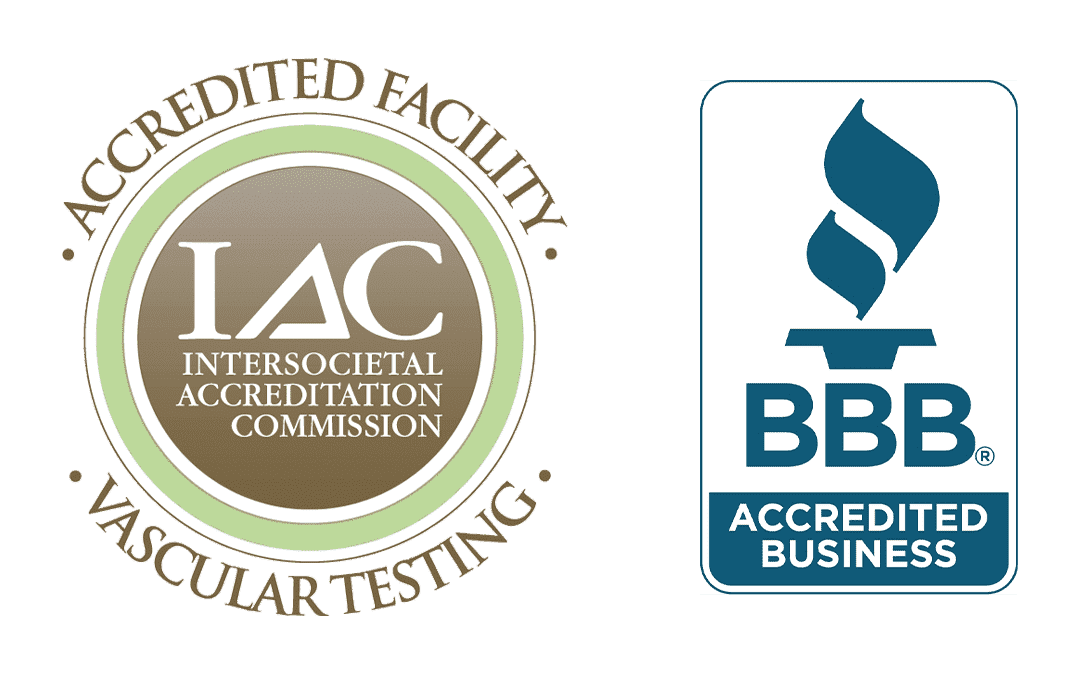Limb ischemia occurs when the blood flow is limited or blocked, preventing adequate circulation to keep the tissues alive in the extremity. This condition can affect your hands, feet, and legs, and the lack of oxygen and nutrients to the limb tissue causes pain, dysfunction, and ultimately tissue death or gangrene. Critical Limb Ischemia (CLI) is a condition that worsens over time and presents acutely. As the blood vessels narrow, limiting essential blood flow, immediate intervention is often required for limb salvage; otherwise, patients at this stage are at extreme risk for limb amputation.

You Have a Choice When It Comes to Vascular Care.
Get an Appointment at VIC In 3 to 5 Days – Without a Referral!
You Have a Choice When It Comes to Vascular Care.
Get an Appointment at VIC In 3 to 5 Days – Without a Referral!
Critical Limb Ischemia treatment may include medication management, wound treatment, or vascular surgery. Medications to manage high blood pressure or cholesterol and modifications of lifestyle and eating choices will be the first tier of intervention. Patients with CLI experience issues with chronic wounds or ulcers, requiring wound treatment management. The last option would be for surgical intervention; in most cases, this can be done in an outpatient setting, which would include angioplasty, atherectomy, or stenting, or within the hospital setting, which would include bypass surgery, endarterectomy, or, as a last resort, amputation.
Critical Limb Ischemia is the natural progression of patients suffering with

Patients experiencing the condition of CLI have narrowed or blocked arteries that prevent proper blood flow. When the blood flow is restricted, the tissues do not get the proper nutrients or oxygen to function, which results in tissues not healing.
With appropriate and timely intervention, the blood flow can be restored to the leg. Once this is established, the wounds/dying tissue can be healed. Additionally, surgical procedures can be performed to assist in restoring the flow; this can be achieved through endovascular procedures or by surgical bypass.
During an angioplasty procedure, a catheter with a small balloon is inserted into the vessel to open the artery and restore blood flow. If the artery continues to collapse, a stent can be placed inside the vessel to “hold” the vessel walls open and allow adequate flow.
Having uncontrolled diabetes puts one at extreme risk for vascular disease, and affects the ability of the body to heal wounds. An infected wound can put a patient at risk, especially those with diabetes, who need to be very careful of infection. It is recommended to check your feet daily for cuts or breaks in the skin and notify your physician of a problem immediately.
